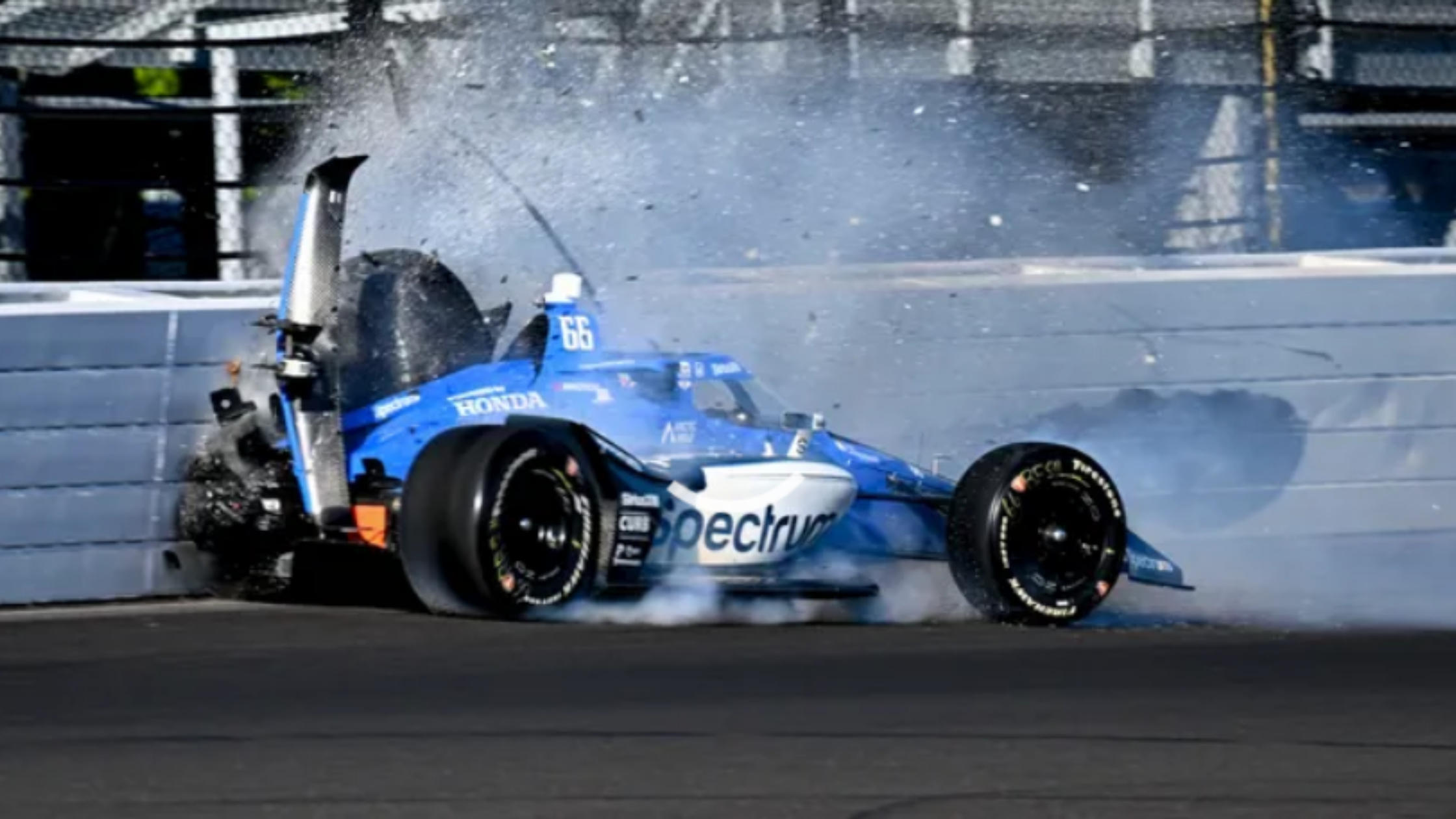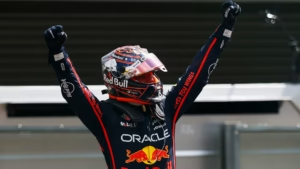Indy 500 qualifying: Marcus Armstrong Indy 500 Crash: What Happened and What It Means for Racing Safety in 2025
On May 17, 2025, Marcus Armstrong’s dramatic crash during practice at the Indianapolis 500 shook the racing world and reignited conversations about driver safety in high-speed motorsport events. This incident, happening just days before qualifying, highlights the intense challenges drivers face at one of the most prestigious and dangerous racing events in the world.

What Happened During Marcus Armstrong’s Crash?
Marcus Armstrong, the promising young driver for Meyer Shank Racing, was pushing hard on the historic Indianapolis Motor Speedway when his car suddenly lost control entering Turn 1. Traveling at top speed, Armstrong’s IndyCar spun violently and slammed into the outside retaining wall. The impact was severe, with the left side of his car sustaining major damage.
Safety crews responded immediately, extracting Armstrong from the wreckage. He was taken to the track’s medical center for evaluation and observation. Fortunately, initial reports indicate no life-threatening injuries, but the crash was a stark reminder of the risks drivers take every lap at the Indy 500.
Why Was Armstrong Crashing at This Crucial Moment?
Practice sessions at Indy are essential for drivers to fine-tune their setups, learn track conditions, and build confidence. Armstrong’s crash occurred during a high-intensity practice aimed at improving his qualifying speed, which determines starting positions on race day.
Many experts believe that the combination of high speeds, aerodynamic sensitivity of the car, and the narrow margin for error at Turn 1 contributed to the loss of control. The high stakes and pressure to perform may have pushed Armstrong to the limits, a common scenario in elite motorsports.
The Bigger Picture: What This Crash Means for IndyCar Safety in 2025
Armstrong’s crash isn’t just an isolated event; it’s a wake-up call as the Indy 500 and other racing series continually push boundaries of speed and technology. Since the introduction of safer chassis, improved helmets, and the halo device, driver safety has significantly improved, but incidents like this show that risks remain inherent.
In response, the IndyCar organization and race teams are increasingly investing in advanced telemetry, real-time monitoring, and improved track safety features like reinforced barriers and improved runoff zones. Armstrong’s crash will likely accelerate these efforts, ensuring drivers can compete fiercely but as safely as possible.
What Fans and Teams Are Saying About the Crash
The racing community has been vocal since the crash. Fans expressed concern and support for Armstrong on social media, highlighting his skill and resilience. Fellow drivers and team members emphasized the importance of learning from every incident to prevent future accidents.
Meyer Shank Racing released a statement wishing Armstrong a speedy recovery and reaffirming their commitment to safety. IndyCar officials confirmed a full investigation will take place, analyzing telemetry and video footage to understand exactly what went wrong.
How This Incident Could Impact the 2025 Indy 500 Race
With qualifying days delayed and a top contender sidelined, the dynamics of the 2025 Indy 500 may shift. Armstrong’s absence or recovery period could open opportunities for other drivers to capitalize.
Moreover, the incident puts a spotlight on the need for mental and physical preparedness, not just for Armstrong but for every competitor racing in extreme conditions. Teams might adopt more conservative approaches during practice and qualifying to balance speed with safety.
Final Thoughts
Marcus Armstrong’s crash at the 2025 Indy 500 is a powerful reminder that even with modern safety technology, motorsports remain high-risk. The racing world will be watching closely how the team and officials respond and adapt to keep drivers protected.
As fans, it’s crucial to appreciate the courage and skill involved in this sport and support continuous safety innovations that make racing safer for everyone involved.
Subscribe to trusted news sites like USnewsSphere.com for continuous updates.
[USnewsSphere.com / fe.]





